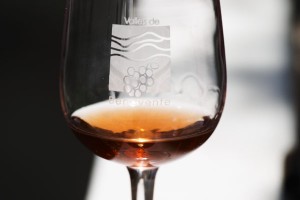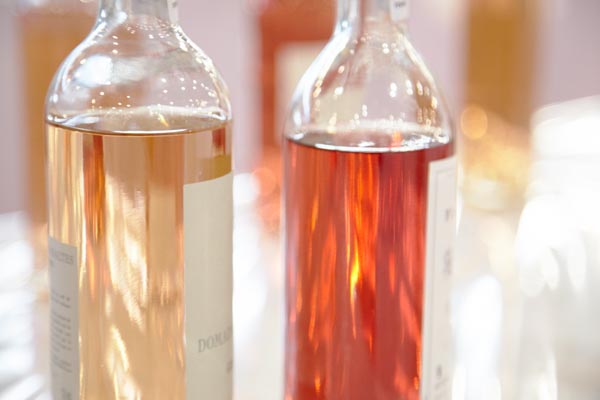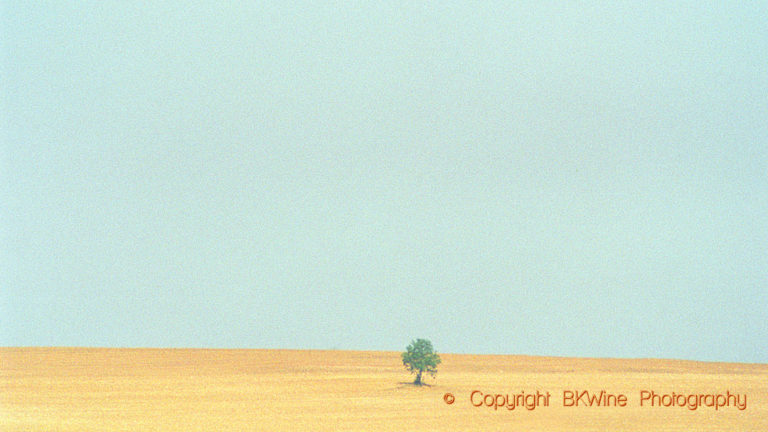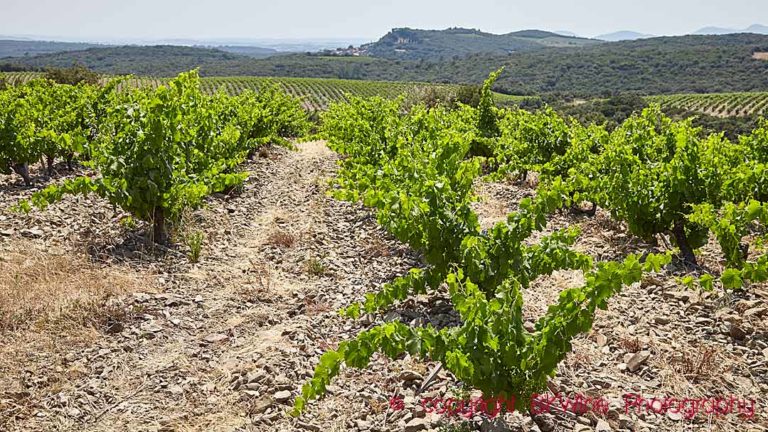
Rosé – the Provence speciality: People drink rosé in the summer, preferably well chilled and sitting on a shaded terrace overlooking the Mediterranean. What is in your glass is really not that important.
This is the stereotype view of rosé wine but not always true anymore for rosé wines can now be excellent food wines and enjoyable without a view of the Mediterranean. But is has to be a good rosé. And a good rosé is not made by the method called saignée (bleeding). At least according to François Millo in the Drinks Business.
François Millo is the president of CIVP (Comité Interprofessionnel des Vins de Provence) and he believes that producers using the saignée method really makes a red wine and then accidentally they produce a rosé wine as a by-product.
The saignée method means that you start making a red wine and after a certain time you draw off a certain amount of juice from the tank. This juice is fermented separately and turned into a rosé wine. The red wine that remains in the tank gets a bit more concentrated.
In Provence they rarely use this method. Which is not that surprising. 85% of the wines produced in Provence is rosé so it is by far the most important product. So naturally they have rosé wines in mind when determining for instance the harvest date. This is important because grapes for rosé are usually harvested a little earlier than grapes for red wines.
In Provence they want their rosé wines as pale as possible. This is achieved with only a short period of skin contact. In fact, sometimes Provence rosé is so pale that you almost believe that you are drinking a white wine.










